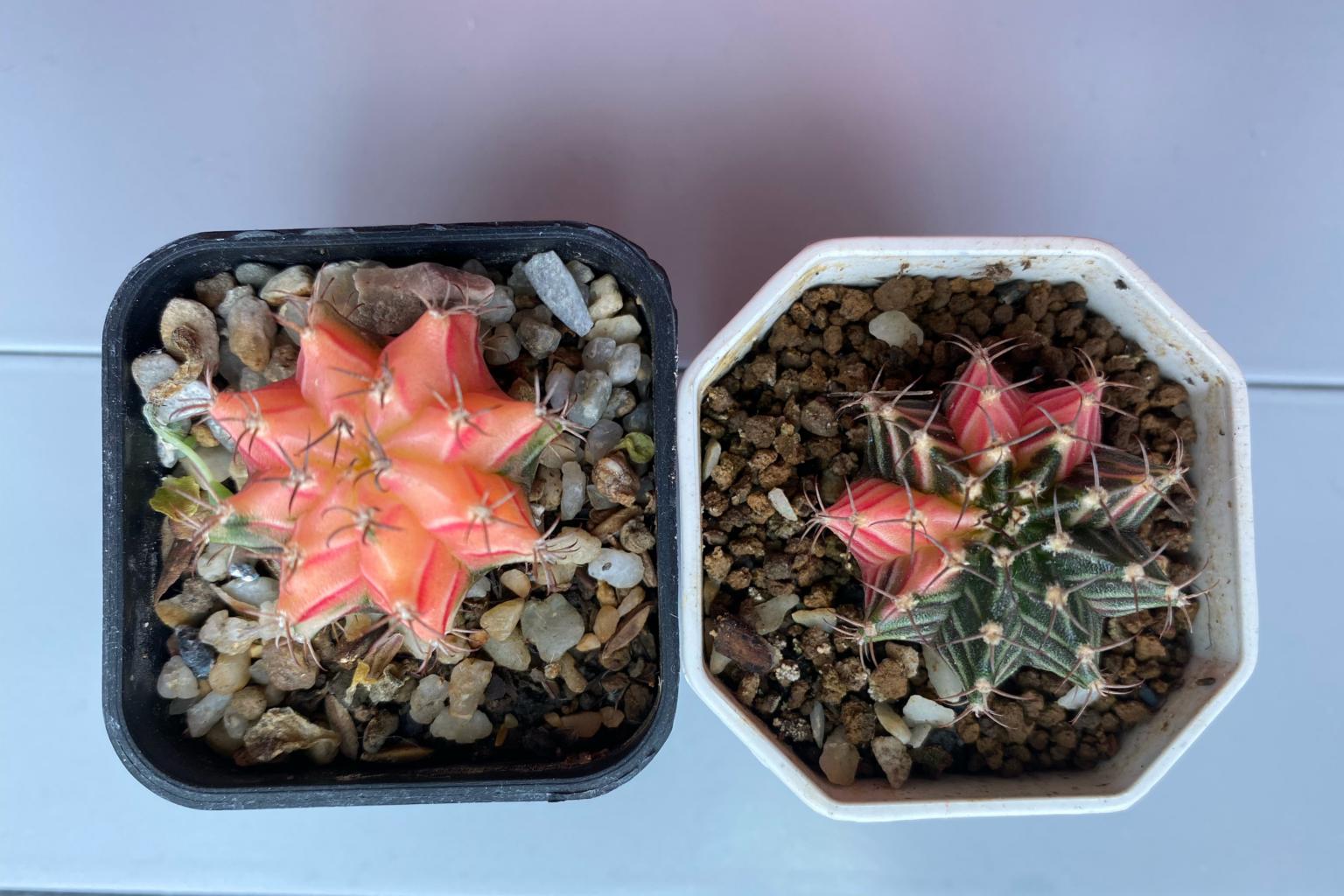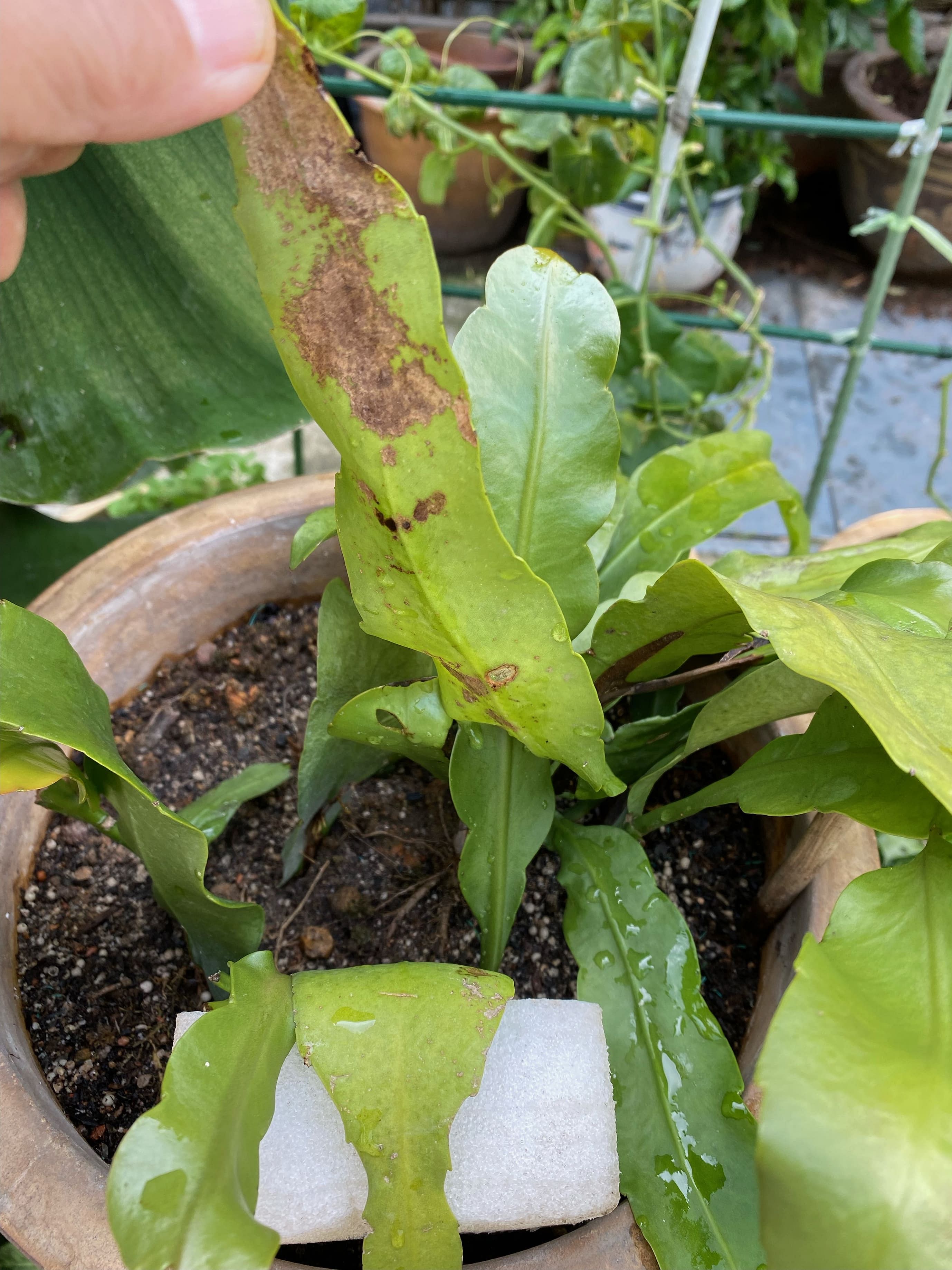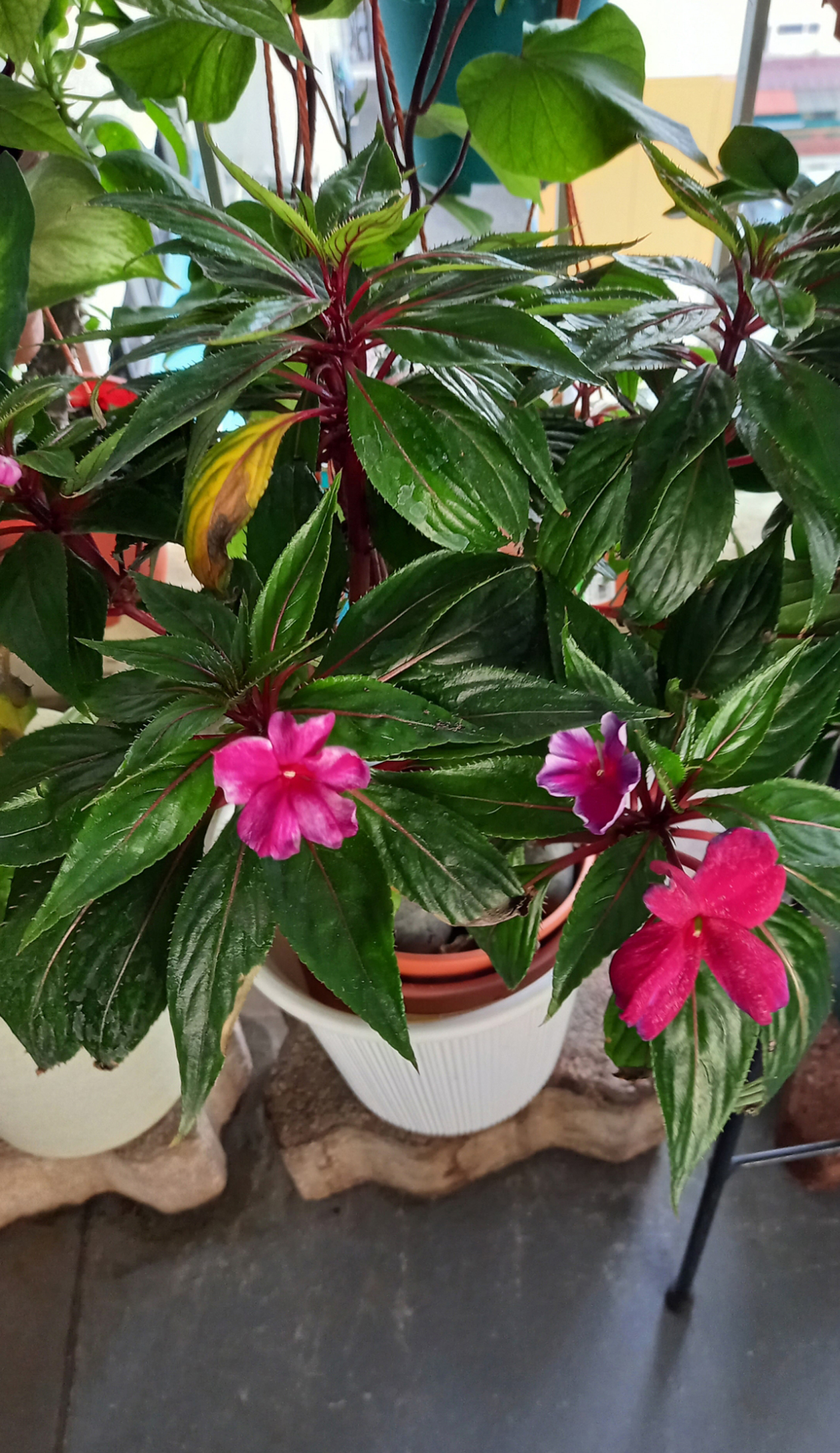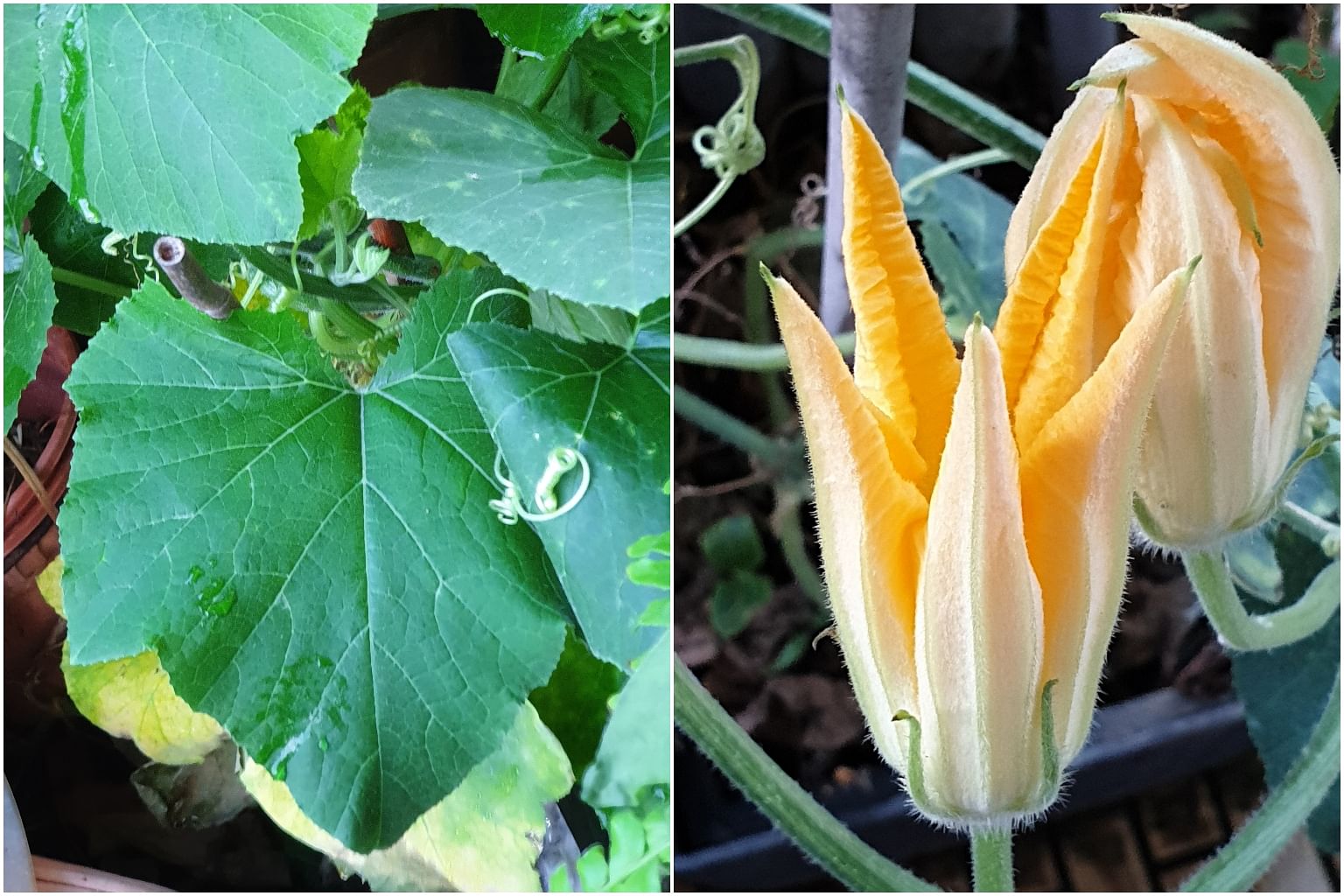Root Awakening: Cacti need sunny spot to look good; easier to grow edible plants in raised beds
Sign up now: Get ST's newsletters delivered to your inbox

Desert cacti are sun-loving plants and need at least four hours a day of direct sunlight.
ST PHOTO: LYNDA BOR
Follow topic:
Cacti need sunny spot to look good
I bought two partially coloured cacti about three months ago. They had vibrant scarlet and chilli-red hues at first, but now their colour is fading. How do I restore their radiance?
Lynda Bor
What you have are Hobitan cactus (Gymnocalycium mihanovichii), which is a species that thrives in Singapore. Their lack of colour could be due to a lack of light. Desert cacti are sun-loving plants and need at least four hours a day of direct sunlight to retain their compact and colourful appearance. If they are currently placed in a shady spot, move them to a brighter area. Do this gradually to let your plants adapt and reduce the chance of them burning.
Raised beds with netted enclosures make gardening easier
I run a community garden in Changi Village which focuses on growing edible plants, and need your advice on the following problems.
First, how can I control the weeds growing everywhere? Clearing them takes away time that could be spent caring for the edible plants.
Second, how can pests be kept away from vegetables such as longevity spinach and kangkong?
Third, the garden has many mosquitoes. I was told to grow mosquito-repelling plants such as lemongrass, but this has not worked. What should I do?
Last, there are black bamboo plants right next to the garden and they shed leaves within our garden area. Will the leaves rot and become compost?
Chiu Mung Hing
You may want to consider building or buying raised planter boxes, which make it easier to grow edible plants. You can put these boxes on ground that has been covered by a fabric weed mat, followed by a layer of concrete slabs (or pavers) or cast concrete. This should address the weed issue.
As for the pest issue, products such as fine white plastic netting can be used to construct enclosures that keep out large pests.
To keep out mosquitoes, housekeeping is essential. Conduct the anti-dengue drill regularly to remove stagnant water and other potential mosquito-breeding habitats. Remove dry, upturned leaves and rubbish like plastic bottles, and ensure your gardening equipment does not accumulate water. You may also want to engage a pest-control company to apply insecticide to suppress mosquito breeding.
Finally, bamboo leaves can be difficult to compost, so you may want to have them chipped into smaller pieces. Why not turn this into an opportunity? Bamboo stems can be harvested to make stakes and other gardening items to support plant growth. A fast-growing bamboo clump can be a free source of such materials, which you might otherwise need to buy from a nursery.
Epiphyllum may have been affected by oedema

There are brown patches on the leaves of my keng hua plants, especially on the undersides. The plants are placed outdoors with direct afternoon sun and I water them daily. I also use flower fertiliser fortnightly. What is wrong?
Danny Yeo
Your Epiphyllum plant appears to have oedema, a physiological issue which can occur when water is absorbed by the plant much faster than it can be used. As a result, plant cells collapse and a scab forms over the injured area.
It may have been brought about by constant wet weather and a lack of air circulation in a moist environment. You may want to protect the plant during the wet season to prevent the roots being inundated with water. Let the plant dry out slightly between watering sessions and make sure it is placed in an airy location.
Flowering plant is New Guinea Impatiens

I bought this plant from the market and was told it is called Impatiens. Is this correct?
Lim Tian San
The plant you have is botanically called Impatiens hawkeri and its common name is the New Guinea impatiens. It is a herbaceous shrub that produces colourful flowers with narrow leaves that spot a red mid-rib. It thrives in semi-shaded areas with filtered sunlight and must be grown in well-drained soil. It also needs a lot of water and will wilt easily if it is allowed to dry out or if the weather is too hot.
Vine is likely a pumpkin plant

Are these melon or zucchini plants? One seems to have many yellow buds at each leaf joint, while the leafy foliage plant has yet to grow any.
Hsu Li Ren
The plant with lobed leaves resembles a melon plant. Its flowers are yellow and much smaller than those produced by the pumpkin plant.
The plantin the other image appears to be a pumpkin plant, which grows as a vine with large yellow flowers. Zucchini grows as a compact plant with internodes that are very close to one another, making it look more like a shrub.
Always label your plant pots with the names of the seeds you have sown.
- Answers by Dr Wilson Wong, an NParks-certified practising horticulturist, parks manager and ISA-certified arborist. He is the founder of Green Culture Singapore and an adjunct assistant professor (Food Science & Technology) at the National University of Singapore.
- Have a gardening query? E-mail it with clear, high-resolution pictures of at least 1MB, if any, and your full name to stlife@sph.com.sg. We reserve the right to edit and reject questions.

